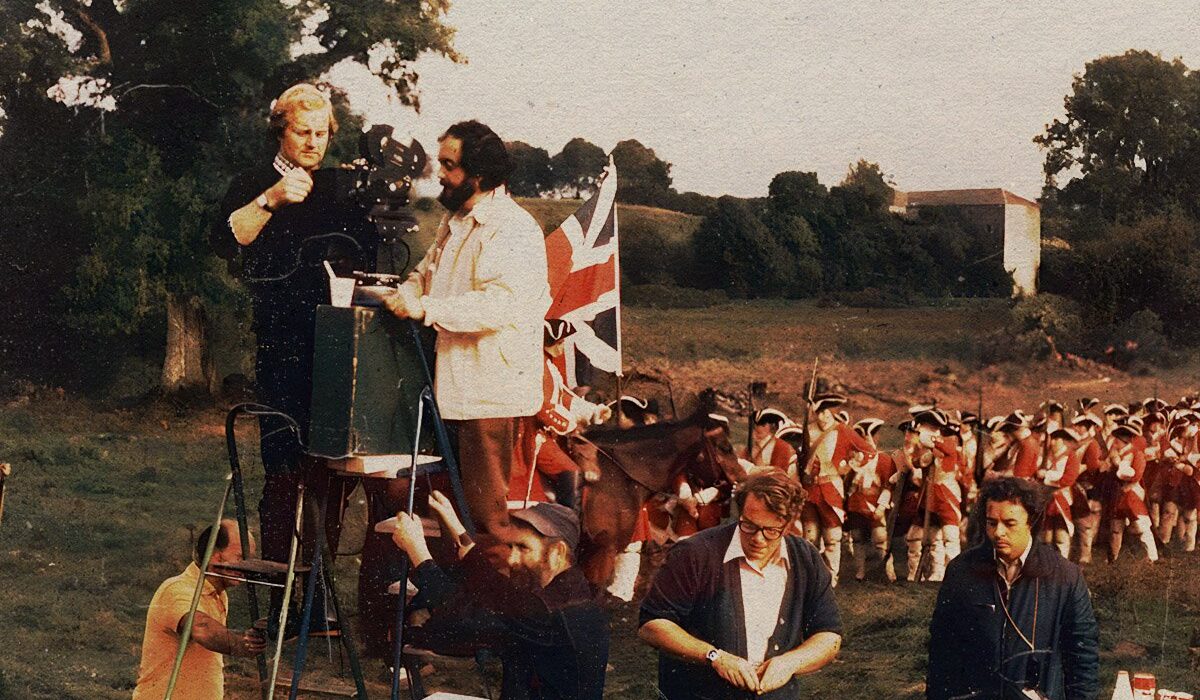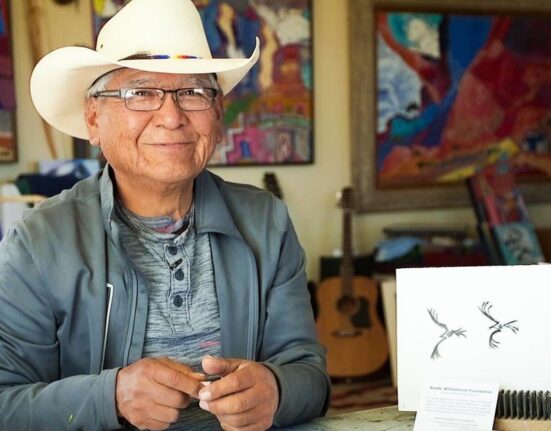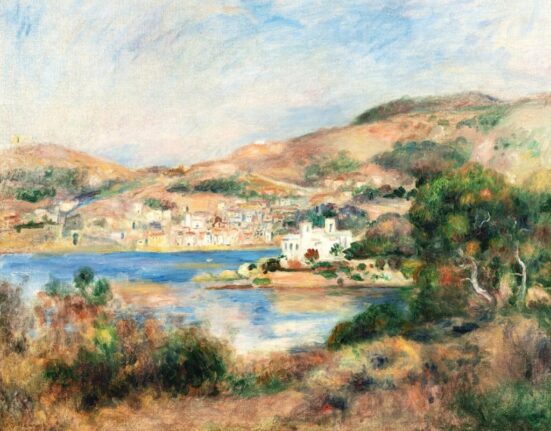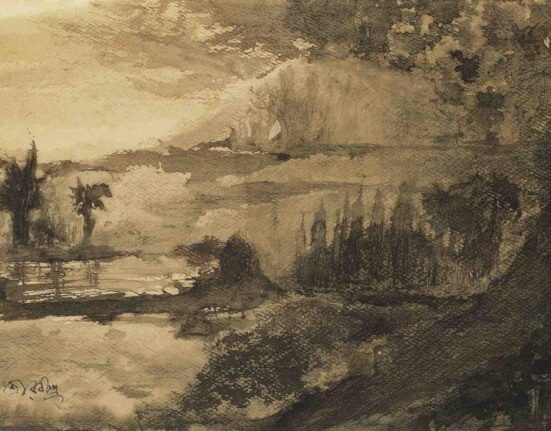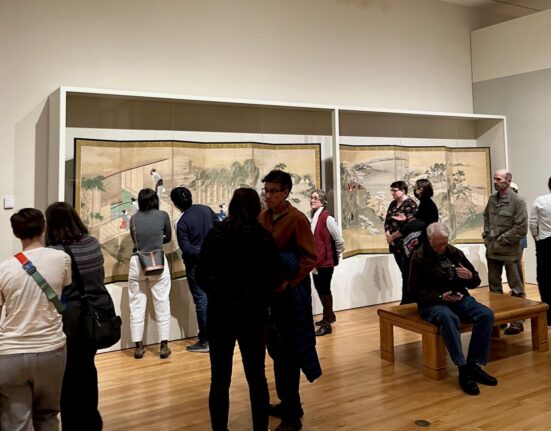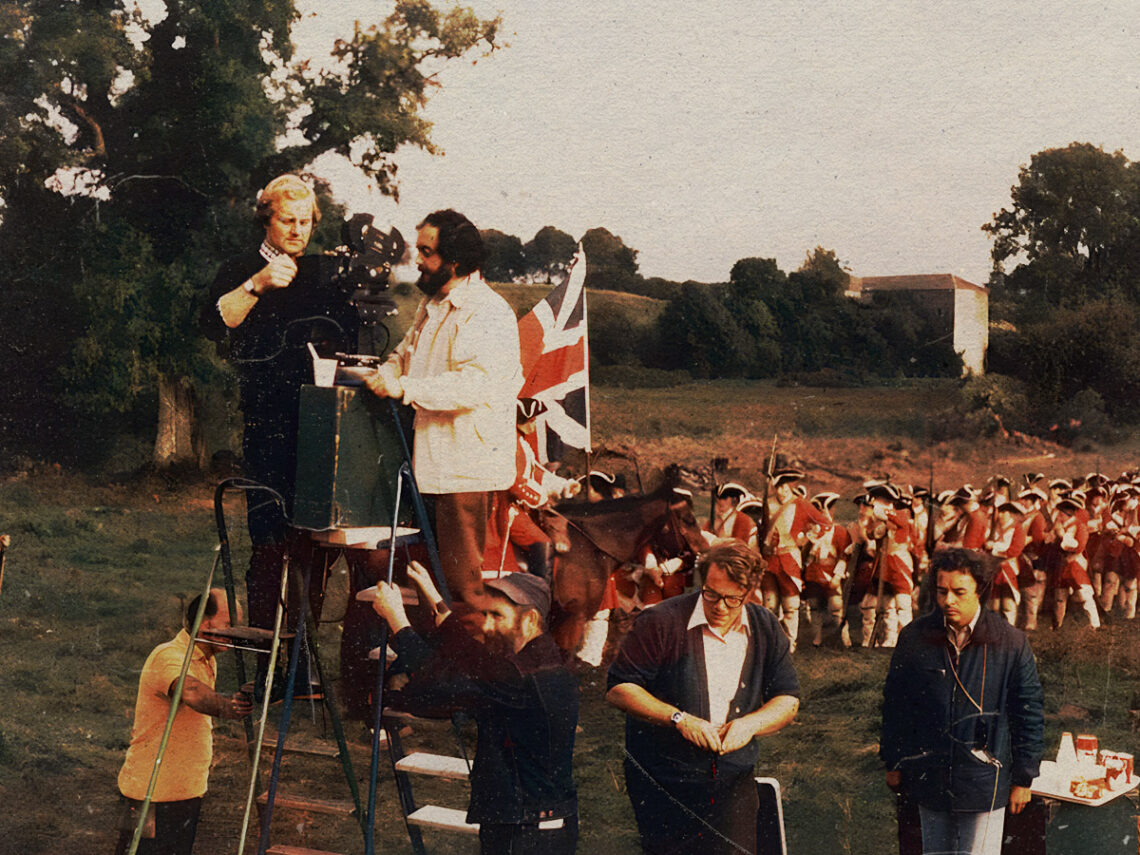
(Credits: Far Out / Alamy)
Stanley Kubrick‘s 1975 film Barry Lyndon is a masterclass in cinematography, an opulent visual spectacle that transports audiences into the 18th-century world of its protagonist. Yet what is equally fascinating is how it draws upon a rich tapestry of European fine art to create its unique aesthetic – perhaps more so than you may initially think.
In fact, delving deeper, it becomes pretty evident that Kubrick’s magnum opus couldn’t possibly have existed if it weren’t for the rich tradition of English paintings. Adapted from William Makepeace Thackeray’s novel, the film traces the tumultuous life of Redmond Barry, a young Irishman who rises through the social hierarchy of 18th-century Europe using cunning and deceit. The story takes him from the battlefields to the aristocratic drawing rooms, and through it all, a striking visual aesthetic remains consistent.
Not simply content with a sprawling, epic depiction of the quintessential rise and fall tale, featuring knock-out performances by Ryan O’Neal, Leonard Rossiter, Philip Stone and the general cream of the crop when it came to British acting talent, Kubrick sought to bolster the movie visually to a point unmatched by any other director, and perhaps even by his own illustrious and legendary oeuvre.
Employing natural light, meticulous framing, and a rich colour palette, Kubrick creates a masterpiece that feels like a series of living, breathing paintings. At the core of its visual language is the influence of artists like William Hogarth, Thomas Gainsborough, and Joshua Reynolds – an influence that cannot be overstated. These painters, renowned for their portraiture and depictions of society, provided the thematic and visual blueprint for Kubrick’s lavish sets, costumes, and even character dynamics. Hogarth’s satirical series of paintings and engravings like A Rake’s Progress offered more than mere stylistic guidance; they functioned as cautionary tales of social ambition and moral degradation, themes that resonate deeply in the story of Redmond Barry.
From canvas to celluloid
Gainsborough’s portraits, such as The Blue Boy, offer another touchstone. The soft, ambient lighting and delicate pastel tones in Gainsborough’s work are vividly replicated in Kubrick’s feature. In capturing the characters’ expressions or the subtleties of their opulent clothing, the movie mirrors the same sense of elegance and finesse. It’s as if the movie itself becomes a moving portrait, encapsulating the grandeur and the frailties of its characters just as Gainsborough did with his subjects. The lush landscapes in the background of scenes, replete with sprawling fields and picturesque skies, further echo Gainsborough’s pastoral scenes, grounding the film in a specific artistic tradition.
Sir Joshua Reynolds, the first president of the Royal Academy of Arts, is another painter whose influence on Barry Lyndon is palpable. Reynolds was known for his “Grand Manner” style, characterised by idealised, often heroic depictions of subjects that transcend mere portraiture. His work, like Lady Cockburn and Her Three Eldest Sons, captures a timeless, almost mythic quality that Kubrick was clearly keen to emulate. In Barry Lyndon, this is not just aesthetic but thematic. Redmond Barry Lyndon aspires to a heroic, almost mythic status, a goal entirely mirrored by the grandiosity of the film’s visual style.
The concept of Chiaroscuro, using strong contrasts between light and dark, also has a significant role in the movie’s artistic identity. This technique, prevalent in the works of Caravaggio and Rembrandt, serves as a visual metaphor for the dichotomies in Barry’s life — light and dark, good and evil, virtue and vice. Kubrick and his director of photography, John Alcott, used specially adapted NASA lenses capable of shooting scenes using only candlelight, capturing the soft, diffused light so often found in the oil paintings of the era. This technique not only added authenticity but also gave it a haunting, almost ethereal quality that feels lifted from a canvas.
Kubrick’s genius lies not merely in mimicry but in synthesis; he absorbed these artistic influences to create something uniquely cinematic and rarely seen on the silver screen before. The framing, pacing, and even the use of zoom lend themselves to a painterly interpretation. The lingering shots, often with characters staring directly into the camera, capture the essence of 18th-century portraiture but use it to propel the film’s narrative and emotional arc.
Like how 2001: A Space Odyssey represented a marrying of cinema with classical music, in Barry Lyndon, Stanley Kubrick succeeded in merging the worlds of fine art and cinema to create a visually arresting masterpiece that is as much a tribute to the painters of the 18th century as it is a cinematic achievement. By doing so, he showed how art forms could communicate across the boundaries of medium and time, providing a richer and more profound context to understand and appreciate both.

